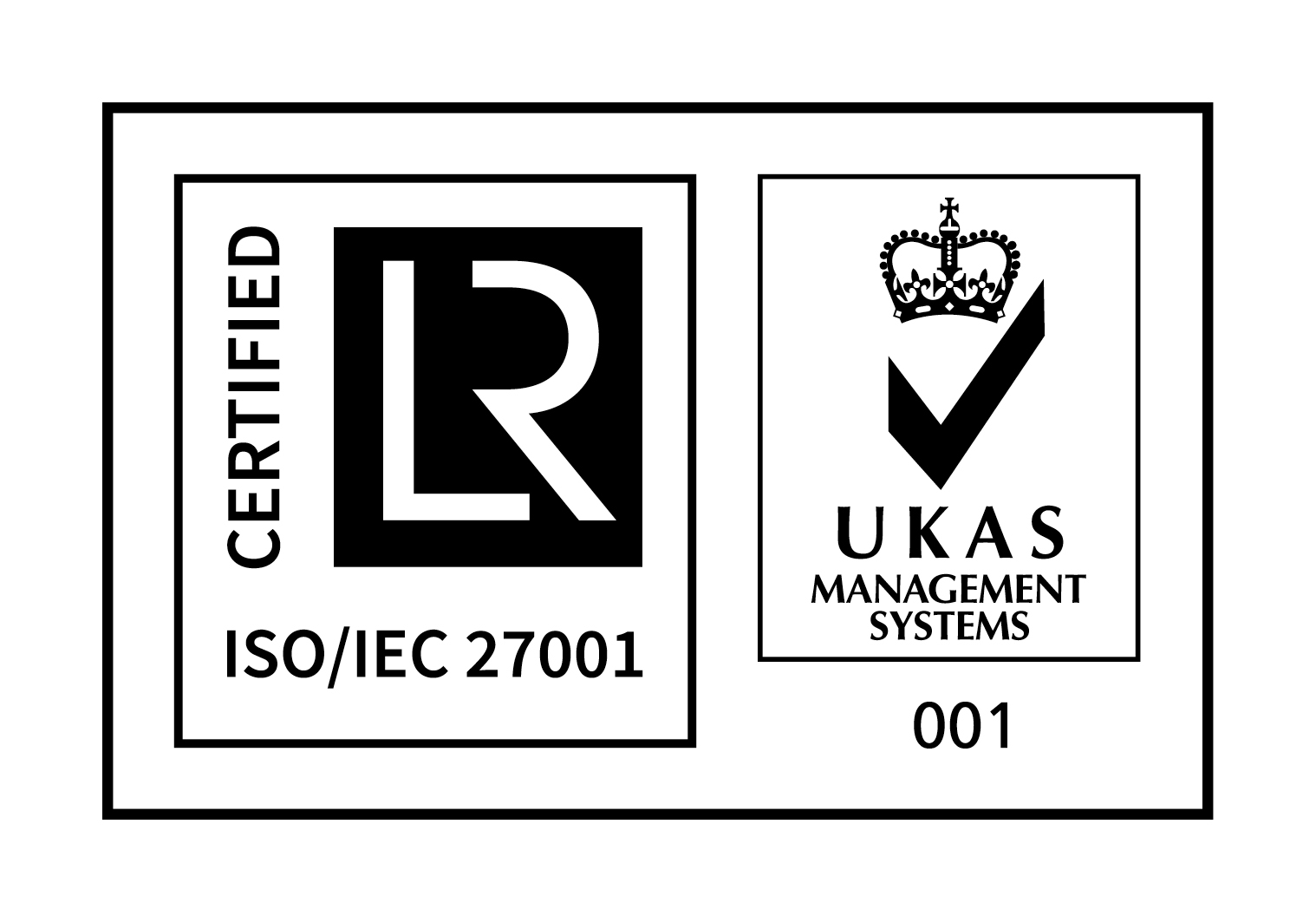Distributed Ledger Technology x Capital Markets - an Unbeatable Combination for Success

When non-tech people think of blockchain, they don’t think of traditional asset classes, they think of cryptocurrencies or other B2C products. That is a mistake; core distributed ledger technology (“DLT”) is now an integral part of the technical development and improvement to client service in the finance industry and B2B space. JP Morgan’s 2019 report on Blockchain indicated that DLT could “transform banks’ business models by providing efficient and resilient information transfer and storage once scale has been achieved.” Furthermore, a Santander report estimates that blockchain technology could save the industry between $15 to $20 billion annually by 2022. Applying this technology provides the industry not only with cost saving opportunities, but also a better product that represents the next innovation in the B2B finance space.
The change in working practices resulting from the lock-down for Covid has been a significant further step on the path on the continuing digital transformation taking place in the financial services industry. The pandemic has shown that working from home is possible; Satya Nadella, Microsoft’s CEO, stated that the shift to working from home resulted in two years of digital transformation in just two months. Huw Richards, head of digital transformation at JP Morgan neatly summarized the challenge and response for his bank saying, “In an analogue world, you can lean over and ask your cube mate. In a distributed world [working from home], you can’t do that, so you want to have a centralized place where people can go and access trusted data.” This change in working patterns within the financial sector is encouraging CEOs, including those from Barclays, Morgan Stanley, JPMorgan, and Deutsche Bank, to examine long-term adjustments to the way that their companies do business; this includes less real estate (more staff working from home), and less client travel. As a result of this departure from normal business operations (both during the pandemic and in the longer term), management teams will need to rely on technological solutions to facilitate new ways of working.
Blockchain is an important key to solve the technological element of this challenge and opportunity. Whilst it is not yet mainstream, exchanges are embracing the technology around trade finance, settlement and clearing as well as with collateral management. However, the largest hurdles remain legal and regulatory frameworks and technical challenges (including cross-platform integration).
At agora, we believe there is a natural extension of this technology to the bond markets that will benefit from its ability to improve efficiency, and optimize execution, ultimately providing a better product through the use of smart contracts. This application of DLT does not envisage disintermediating current participants in the bond market. It is rather a collaboration, to update processes and functionality that have not changed for over twenty-five years – a proposition that appeals to investment banks with high operational costs and stagnant revenues, leading to low returns on equity.
Distributed ledger technology applied to capital markets will allow banks to provide clients with a better product and allow their internal teams to spend less time on manual processes to better serve their clients. Further along the lifecycle of the bond, a shared ledger with permissioned access acts as a continually updated database providing instant access to trusted information about a bond and its features – rather than a delayed communication via a series of intermediaries. Digitization of the entire lifecycle of the bond using distributed ledger technology represents the next market innovation that really can deliver executional efficiency and a better product to all clients moving forward.
In trade finance, blockchain is already boosting the convergence of data from every part of the supply chain while reducing fraud risk and compliance costs; Bain estimates that blockchain has the potential to reduce operating costs in this area by 60% to 80%. More than 50% of trade finance related blockchain projects are built on Corda. Contour (formerly: Voltron) is a co-operative initiative delivering a blockchain-based open industry platform to create, exchange, approve, and issue Letters of Credit on Corda. SIX, one of Europe’s leading Financial Market Infrastructures, uses DLT to provide the underlying technology for its digital asset listing, trading, settlement and custody service, SIX Digital Exchange (SDX). Finally, in the collateral management space, HQLAx is working with Deutsche Boerse to enhance collateral mobility in the global securities financing markets. Both Contour and HQLAx have moved beyond the Proof-of-Concept phase and are used by member banks.
These projects have two elements in common: (1) they are taking a collaborative approach with market players and (2) they are being built on Corda.
Corda is designed specifically for highly regulated environments with exacting requirements. These include quality of service and strong network infrastructure, making it an ideal technology base for markets that require resilience, scalability and security. DLT on Corda meets these challenges as it is a confidential, permissioned distributed ledger – unlike public blockchains. Corda does not allow any unauthorised access to data on the blockchain, as only people with legitimate need have access to the network. Importantly, Corda produces an auditable regulatory reporting trail, and allows for observer nodes that could be used by regulators. Corda has proven it can scale to underpin even the most complex and high-volume markets in production environments.


